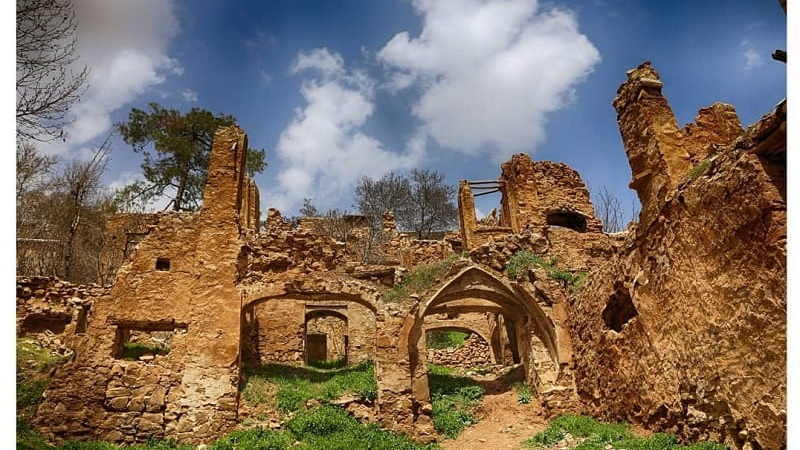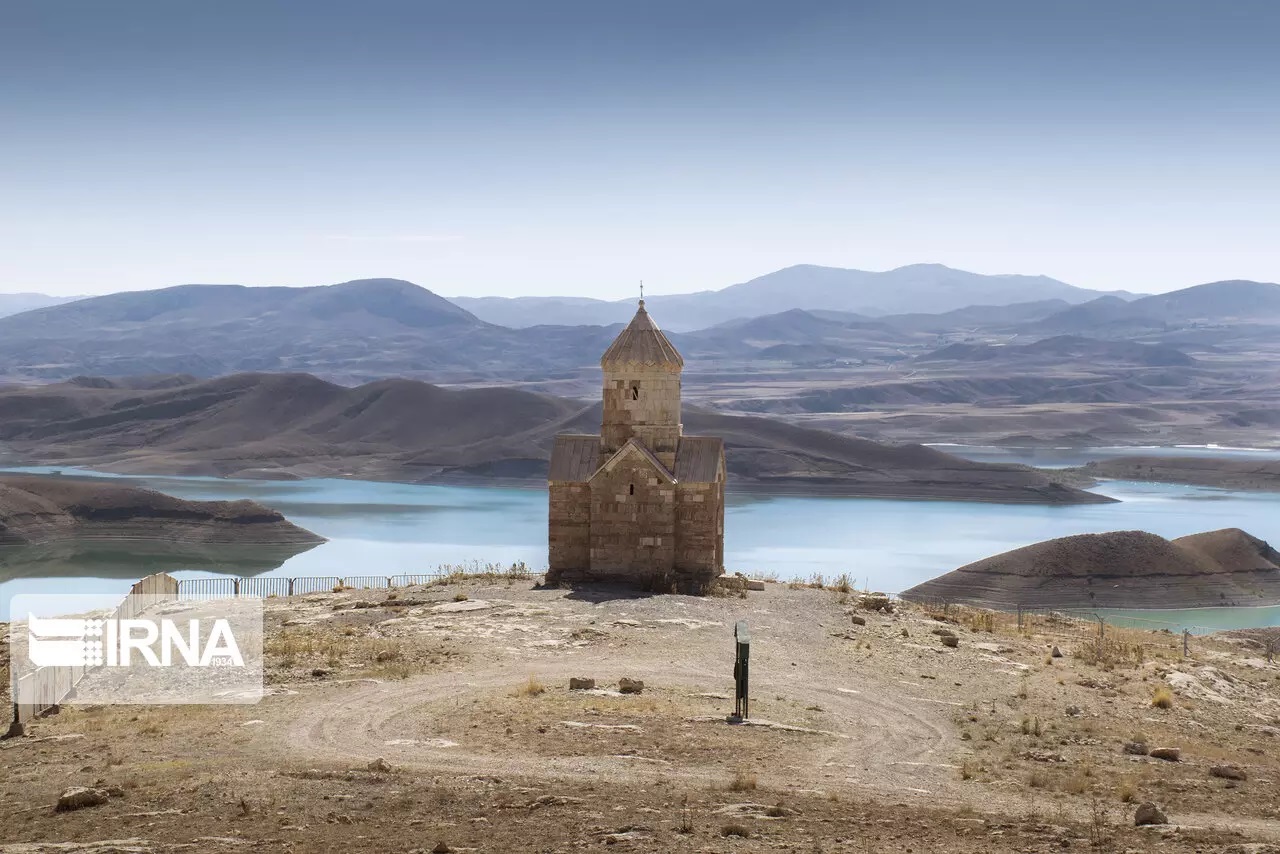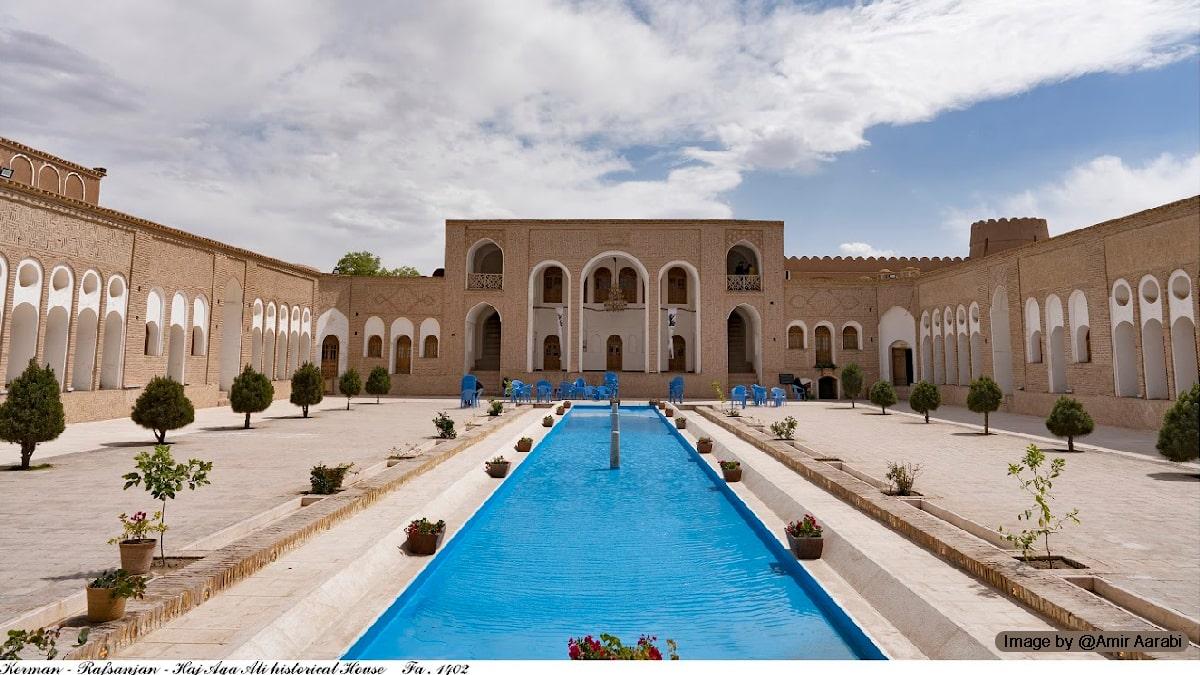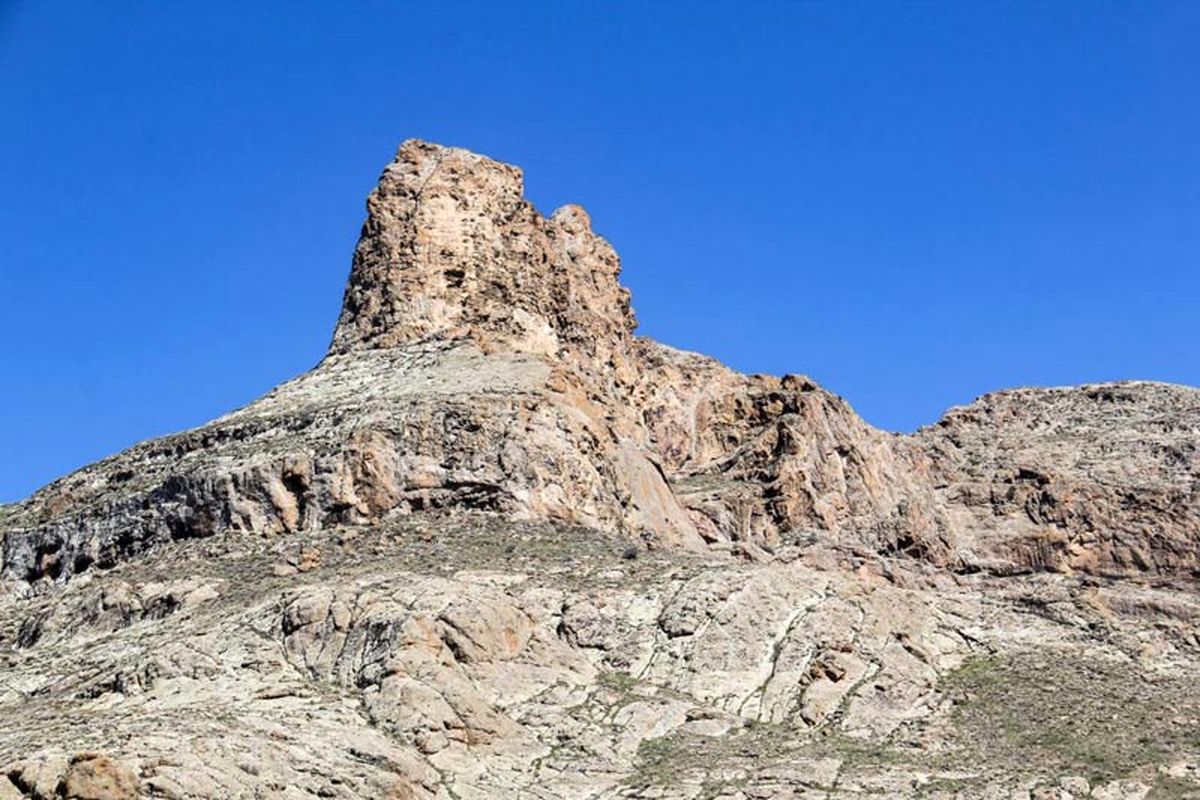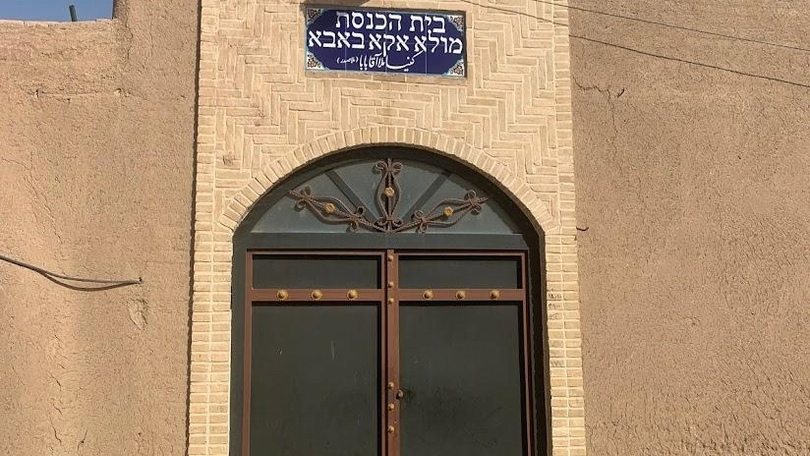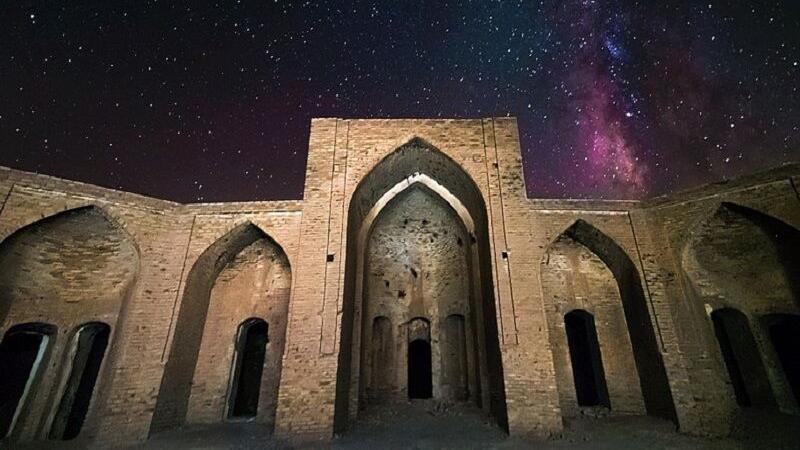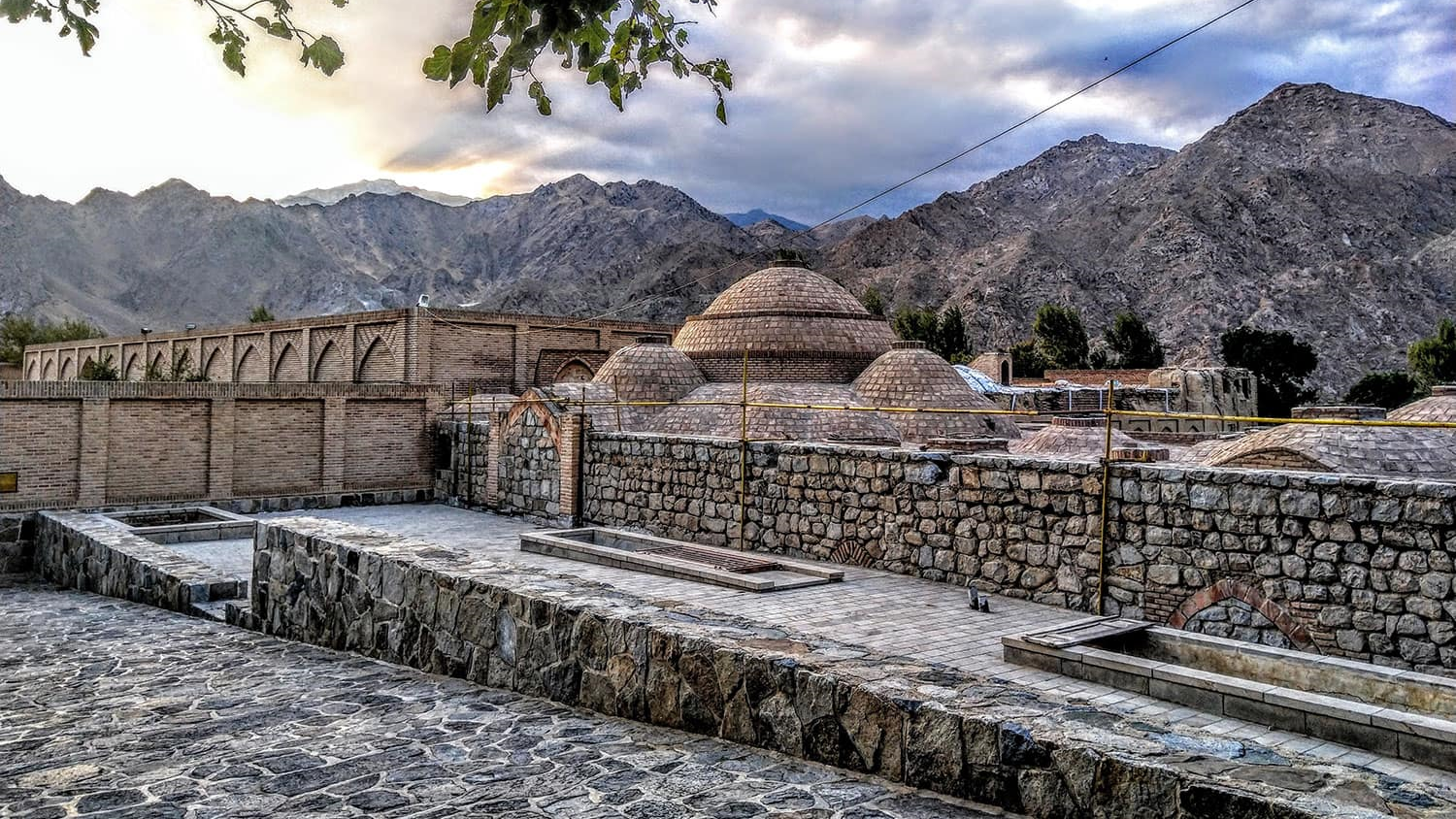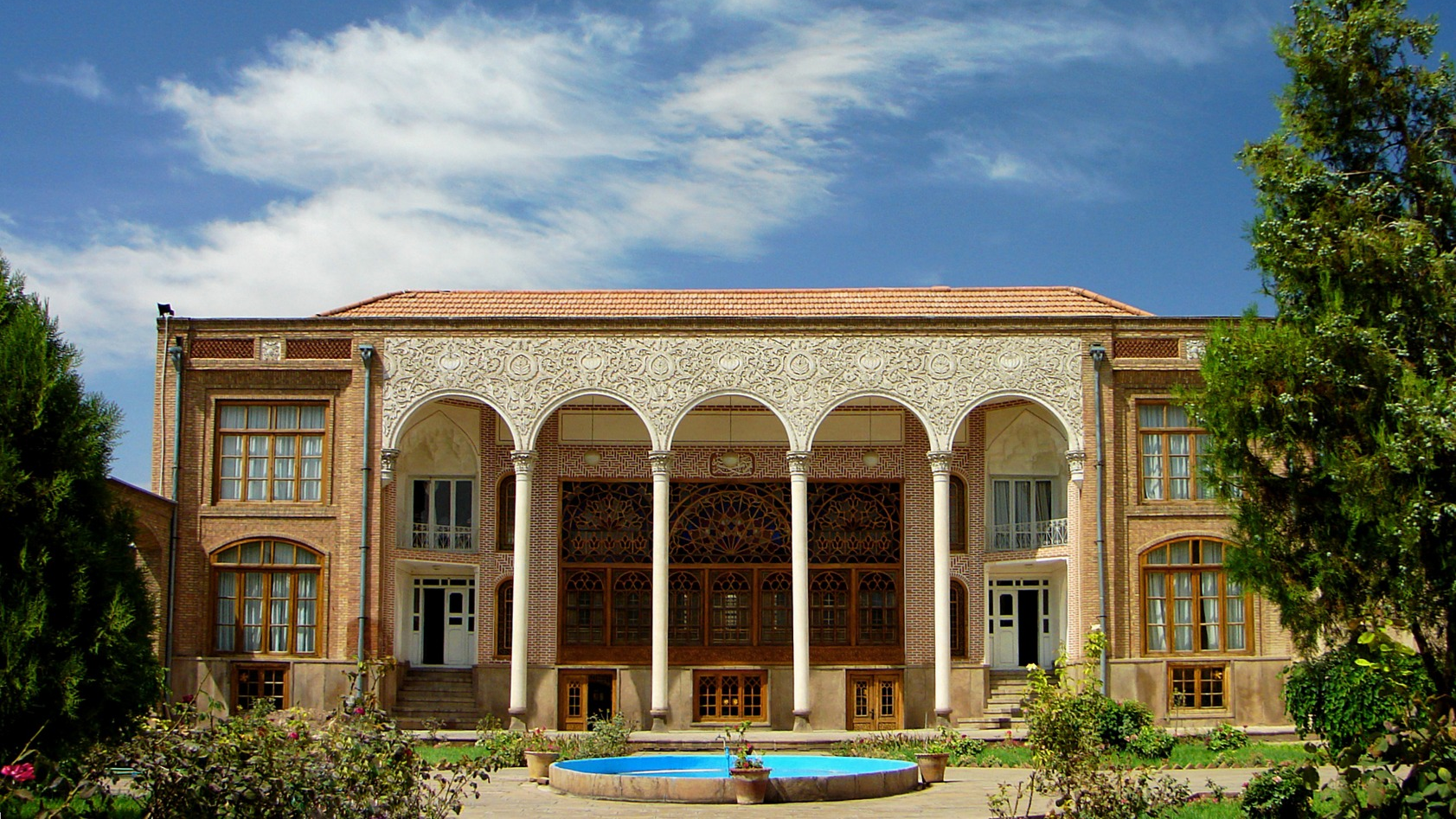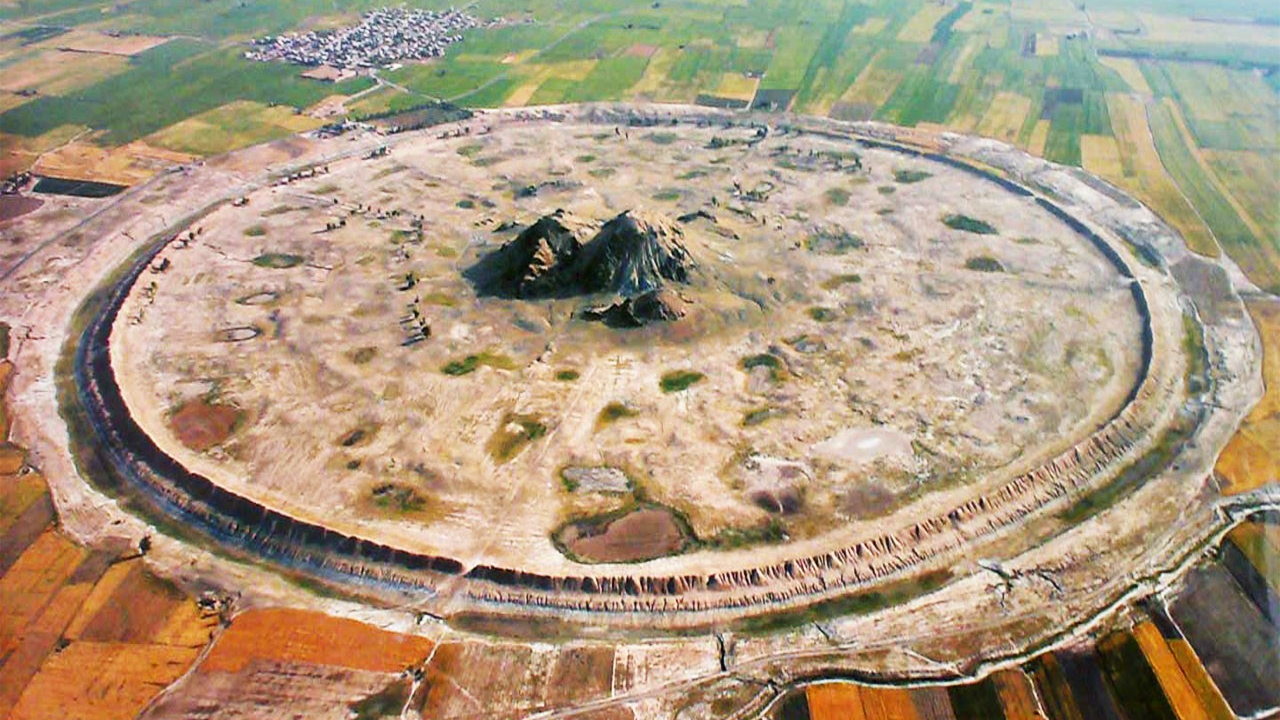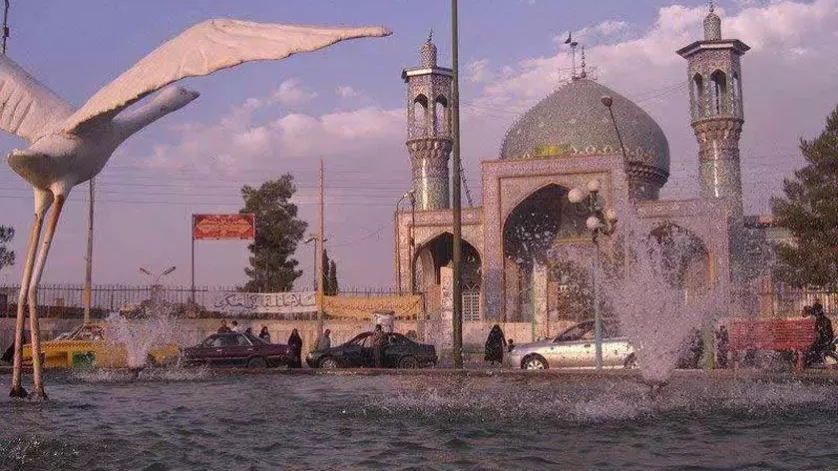
Qeshlaq Bridge of Sanandaj
Being situated in a mountainous area many rivers flow through the Kurdistan Province of Iran one of which is the Qeshlaq River passing near Sanandaj. A bridge has been built on this river, which is known as Qashlaq Bridge. This bridge, which is five kilometers away from Sanandaj, is also called the “Sheikh Bridge” and in terms of architecture, it is similar to “Si-o-se-pol of Isfahan”. Another name by which this bridge is referred is “Qlichian Bridge”. This name was given to the bridge due to its location on the road connecting Babariz and Qlichian villages.
Qeshlaq River
Qeshlaq River is one of the rivers that, along with other rivers such as Gavrud, Gardalan, Pezhva, Garan, Shuyesheh, and Razab, forms a larger river called Sirvan, which is the most important and largest river of Kurdistan with a length of about 213 km and 8.2 billion cubic meters of water, and eventually enters Iraq.
Qeshlaq River, which is one of the main catchments of the Sirvan River, is about 45 kilometers long. This river flows from north to south, passes by east of Sanandaj, and joins the Gavrud River at a distance of 20 kilometers from this city, in a village called “Boz Laneh”.
History of Qeshlaq Bridge
This bridge was built by Soleiman Khan Ardalan, the then ruler of Kurdistan, on the order of Shah Safi of the Safavid dynasty in the 17th century. An inscription can be seen in the body of the bridge, which is related to the time of the construction of the bridge and shows the date of 1184 AH (1770 AD). This bridge has been renovated several times in order to maintain its efficiency. The first restoration of this bridge dates back to the Qajar period (1796 to 1925 AD) and the reign of Amanullah Khan Ardalan over Kurdistan.
Sometime later, i.e. in 1852 AD, when the bridge was almost ruined, it was restored again by a person by the name of “Mirza Reza Vazir Kurdistan”. The extent of the restoration done by Mirza Reza was so major that some people believe he first destroyed the bridge and then rebuilt it.
20 years later, another restoration operation took place for the bridge the exact date of which can be seen on a stone inscription installed next to the bridge. The person responsible for the third restoration of the Qeshlaq Bridge was a person by the name of “Nazem Al-Ayaleh Mirza Hossein Khan”. This bridge was once again renovated by a person by the name of “Sheikh Shokrollah Shahbazi” after which the bridge came to be also known as the “Sheikh Bridge”.
The Architecture of Qeshlaq Bridge
This bridge is 78 meters long and three meters wide. The water passes under the six openings of the bridge, which are made in the form of cruciform arches, and the two side openings are smaller than the other ones. The size of these openings ranges from 20.2 meters to 20.4 meters from west to east. The height of the highest point of the ceiling columns from the river water is about 5.2 meters and the height of the highest point of the bridge from the water is 6.4 meters.
Cubic bricks with dimensions of 25 cm have been used in the construction of the bridge. These bricks have been connected with an old Iranian mortar called Sarooj. The floor of the bridge was also paved with slabs of stone so that it could have enough strength during the passage of carts and cattle.
The architectural structure of Qeshlaq Bridge - in addition to making it a strong one - has also made it one of the good examples of bridge construction in the Safavid era. Having beautiful Roman and cross-shaped arches on the bridge has given it an eye-catching beauty. These features, along with the green nature around the bridge, prompt local people to use Qeshlaq Bridge as a resort.
There are two shelters with a height of half a meter on both sides of the entrances of the bridge, which are used to remain safe from possible floods. Two sets of breakwaters have also been constructed to reduce the speed of water during flooding. North breakwaters are triangular and south breakwaters are circular.
The Qeshlaq Bridge of Sanandaj was inscribed on the list of Iran’s national heritage in the year 1999 AD.
The Qeshlaq Bridge of Sanandaj has been built on a river with the same name and the surrounding green nature of this historical bridge has made it a pleasant sight.
| Name | Qeshlaq Bridge of Sanandaj |
| Country | Iran |
| State | Kurdistan |
| City | Sanandaj |
| Type | Historical |
| Registration | National |
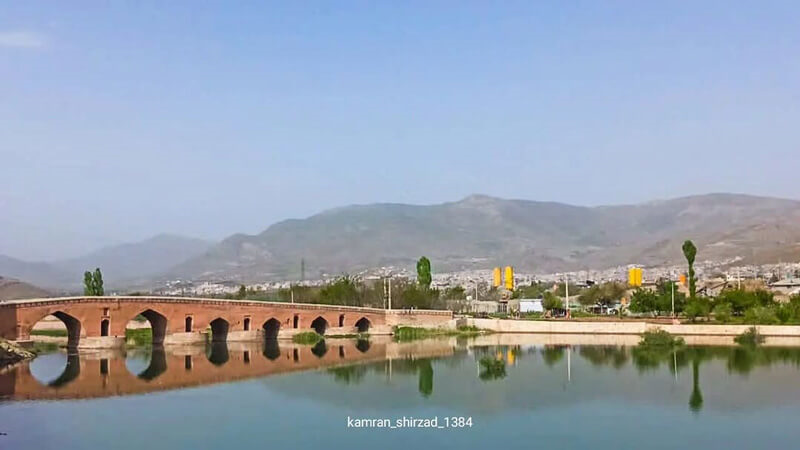
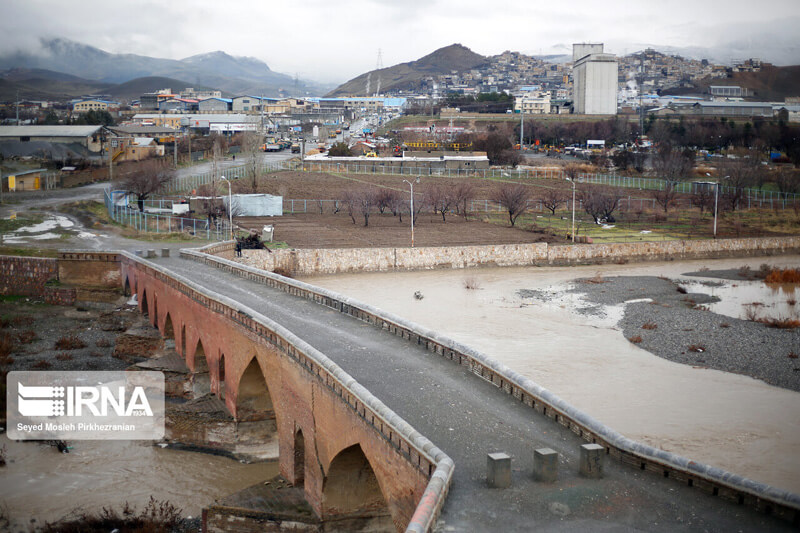

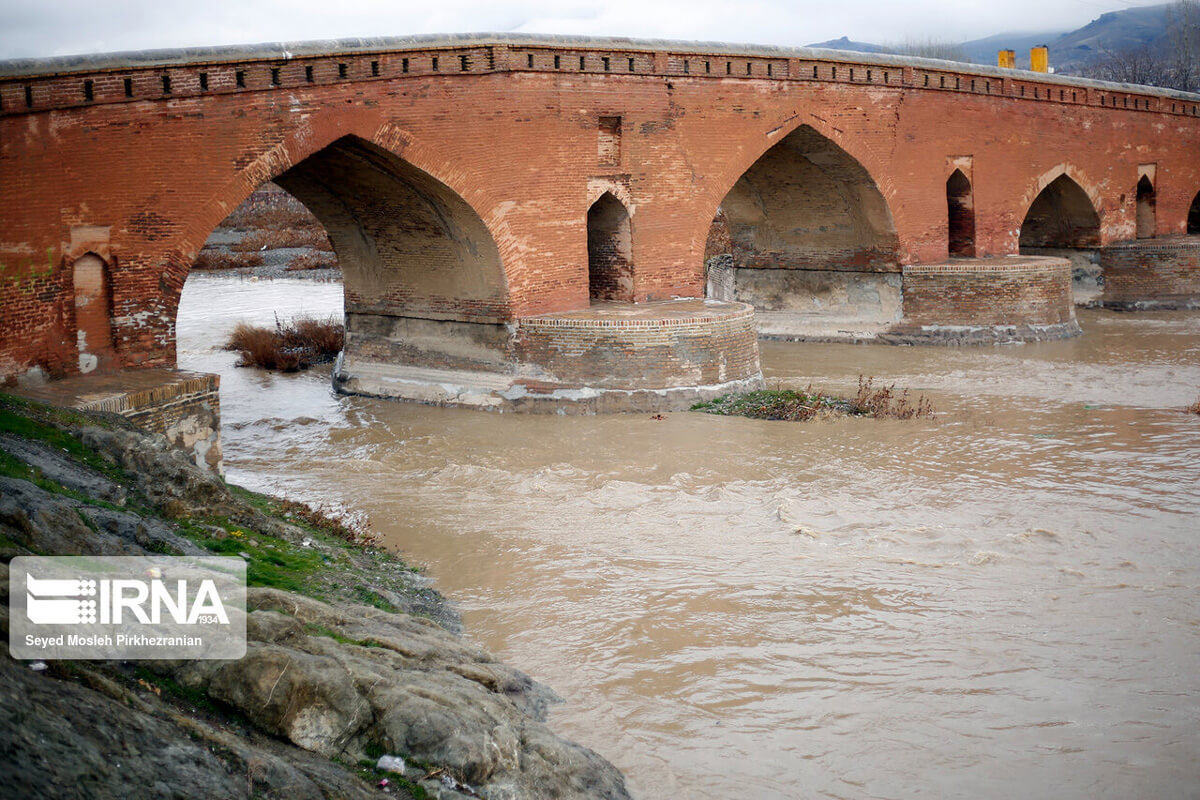




Choose blindless
Red blindless Green blindless Blue blindless Red hard to see Green hard to see Blue hard to see Monochrome Special MonochromeFont size change:
Change word spacing:
Change line height:
Change mouse type:
